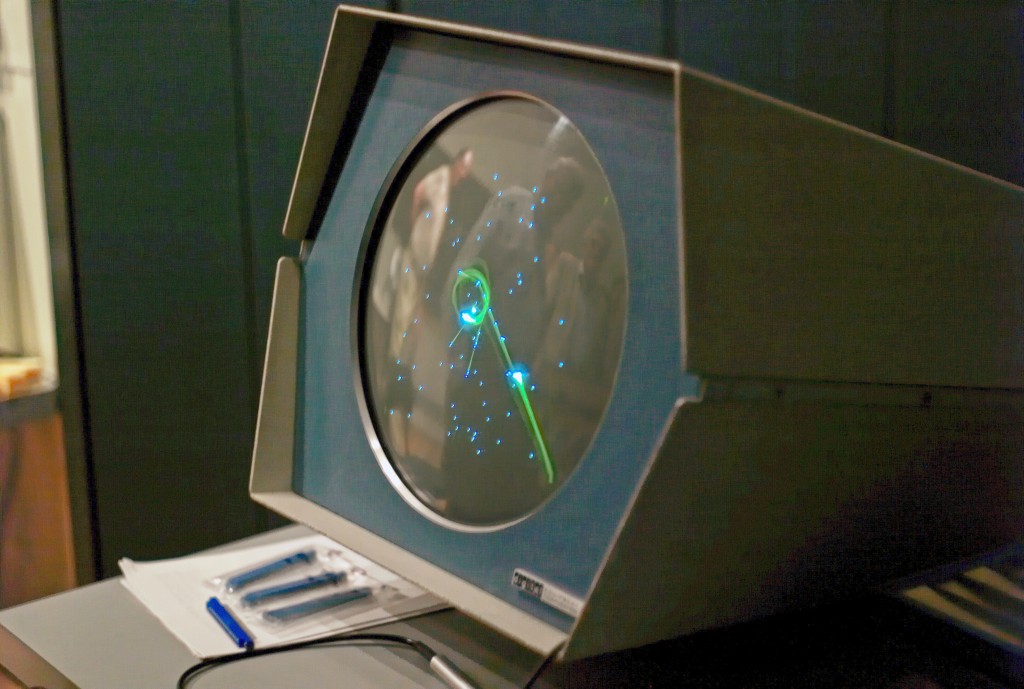Early American board games offer some interesting insights on how culture can shape design. … Continue Reading ››
GDC Vault – History-Shaping Design: Tales Told by Early American Board Games
Julia Keren-Detar, Creative Lead for Untame, provides an excellent history and commentary on boardgames and their relationship with society. Many of the images and content can also be accessed at The National Museum of Play in Rochester, NY . The Overview follows:







You must be logged in to post a comment.